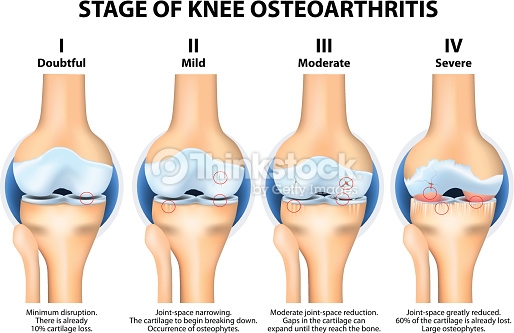OSTEOARTHRITIS

Osteoarthritis is a very common disease. Osteoarthritis affects the whole joint, but most of all it affects the articular cartilage (the cartilage covering the ends of the bones). This articular cartilage becomes thin and fragile. This can be due to:
- healthy cartilage being exposed to heavy loads over a long period of time (for example, very heavy labour over several years), or
- unhealthy cartilage that for some reason cannot handle normal loads.
Osteoarthritis is the most common cause of difficulties with mobility and disability in older people. It is also common in younger and middle-aged people. Approximately 5% of people between 35 and 54 years of age have osteoarthritis. Many of these people have injured their joint earlier in life. Approximately 30% of the population between 50 and 70 years of age have problems related to osteoarthritis and the percentage increases in older age groups.
In the past, osteoarthritis was often described as ‘wear and tear’ of the joint. This statement is misleading, as cartilage actually needs ongoing movement to stay healthy. In a healthy joint, there is a balance between the regeneration and degeneration (breakdown) of cartilage.
Osteoarthritis occurs when there is more degeneration than regeneration of cartilage. This causes cartilage to thin, crack, and maybe disappear. Bones can then start to rub against each other. However, cartilage needs a certain amount of load to regenerate. This is why healthy loads need to be applied on joints for cartilage recovery. Therefore, osteoarthritis can better be described as joint failure.
